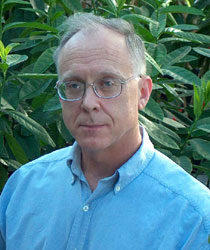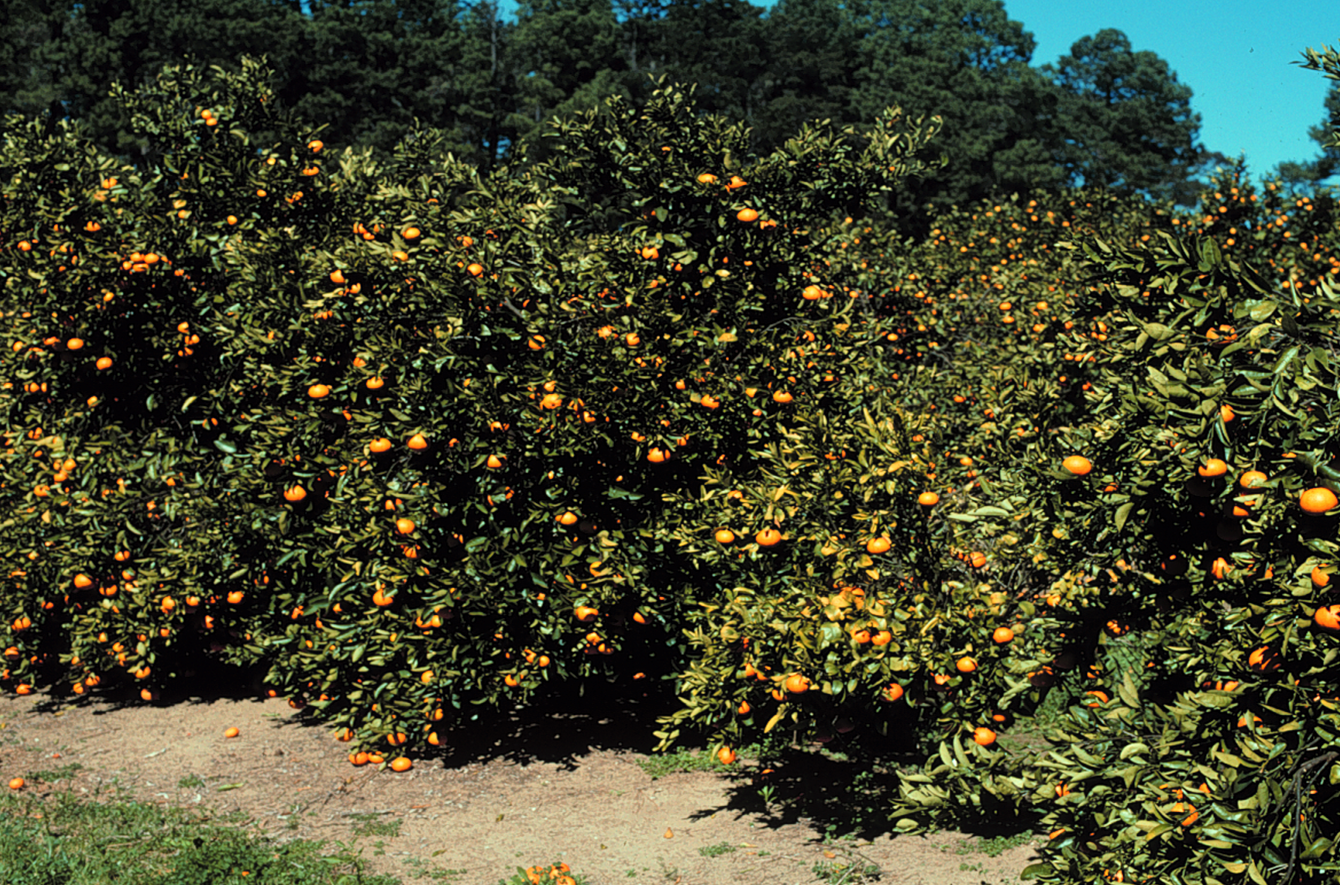| Robert Owens |

|
 Dr.Robert OwensResearch ChemistUSDA-ARS-PSI-MPPL owensr@ba.ars.usda.gov Phone: 301-504-6209 |
|
Research conducted by T.O. Diener in the predecessor of the Molecular Plant Pathology Laboratory (MPPL) resulted in the discovery of parasites of higher plants far smaller and simpler than conventional plant viruses. These ultimate parasites, termed "viroids" by their discoverer, are the smallest autonomously replicating pathogenic agents yet described -- small, highly structured, circular RNA molecules that lack the protective protein capsid and mRNA activity characteristic of viral RNAs. The existence of viroids raises several fundamental questions:
More than two dozen diseases of crop plants are known to be caused by viroids. Economically, these diseases range from the relatively unimportant (cucumber pale fruit disease) through the potentially devastating (chrysanthemum stunt and potato spindle tuber diseases) to the catastrophic (coconut cadang-cadang disease). Coconut cadang-cadang is estimated to kill 500,000 palms each year in the Philippines with an estimated economic loss of $80-100 per tree (1987 dollars). More difficult to quantify are the indirect costs associated with the increasing amount of diagnostic testing mandated by quarantine regulations. In the case of citrus, the dwarfing effects associated with viroid infection can actually be beneficial -- reducing the labor costs associated with harvesting and grove maintenance as well as the amounts of fertilizer, water, and pesticides required for crop production. The seemingly de novo origin of many viroid diseases has long been a puzzle. In some cases, these diseases are now known to have originated by chance transfer of viroids from endemically infected wild plants or from other cultivated plants in which infection is symptomless. This process will undoubtedly continue, and diseases of unknown (but potentially devastating) impact will suddenly appear. There are no known natural sources of genetic resistance to viroid disease, and current control strategies rely entirely on prophylactic measures or roguing of diseased plants. Largely as a result of the ARS viroid research program, nucleic acid hybridization and RT-PCR have replaced time-consuming bioassays on indicator hosts or gel electrophoresis as the preferred means for diagnosis of viroid infection. Previous mutational analyses of PSTVd and related viroids have allowed us to genetically isolate and dissect such normally interrelated processes as replication, cell-to-cell movement, and disease induction. We are currently using this information to:
Initially, the primary users of our research will continue to be other scientists concerned with the molecular interactions between plant pathogens and their hosts that result in disease. Efforts to develop an improved citrus dwarfing agent and engineer durable resistance to viroid disease seek to apply the results of our fundamental studies to real-world problems.  |
